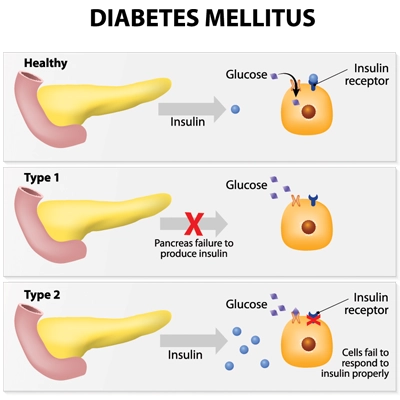
Diabetes Mellitus (Type 2)

Supporting Your Metabolic Health and Everyday Wellbeing
The human body is an amazing network of systems working together to keep us healthy. One important function involves how the body uses and processes glucose—a form of sugar used by our cells for energy. When this process isn’t working as efficiently, it may affect how we feel, move, and function throughout the day.
While some people may not even realise their body is working harder to manage glucose levels, there are a few lifestyle habits that may help support better balance and long-term wellbeing.
What Affects Metabolic Balance?
A number of lifestyle and environmental factors can influence how your body processes energy from food. These may include:
- Excess body weight or changes in weight over time
- Prolonged physical inactivity or a sedentary routine
- High intake of added sugars or low-fibre foods
- Irregular sleep or high stress levels
- Family history of metabolic conditions
- Natural changes that occur with ageing or hormonal shifts
These factors can affect the way glucose is absorbed and used by the body’s cells. Noticing changes early and making informed choices can help support better outcomes.
Everyday Habits to Help Support Balance
Whether you're looking to maintain your energy levels, support a healthier lifestyle, or simply feel better overall, these practical steps may help:
1. Choose Whole, Nourishing Foods
Focus on a variety of vegetables, fruits, whole grains, and lean proteins. Foods high in fibre and low in added sugars can support overall wellbeing and help you feel fuller for longer.
2. Stay Active
Aim for some form of movement each day—even light walking, stretching, or household tasks. Regular activity may help improve energy and support a balanced metabolism.
3. Sleep and Stress Management
Getting enough sleep and managing everyday stress plays a vital role in supporting hormone balance and energy levels.
4. Hydration
Staying well-hydrated helps all body systems function more efficiently, including how the body processes nutrients.
When to Speak with a Healthcare Professional
If you’ve noticed changes in your energy, appetite, or lifestyle habits—or if you simply haven’t had a health check in a while—it’s a good idea to book a consultation with a qualified healthcare provider.
PrimeMedic offers non-urgent, private online health consultations that allow you to connect with registered professionals from the comfort of your home.
